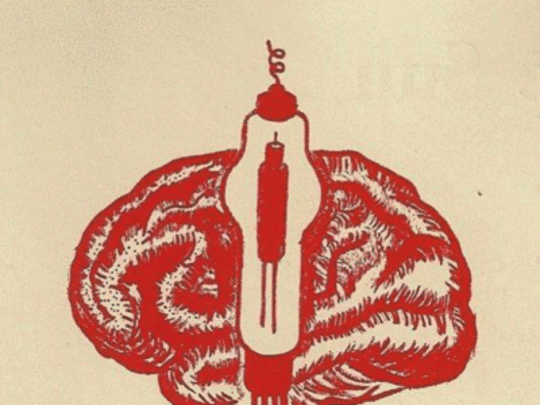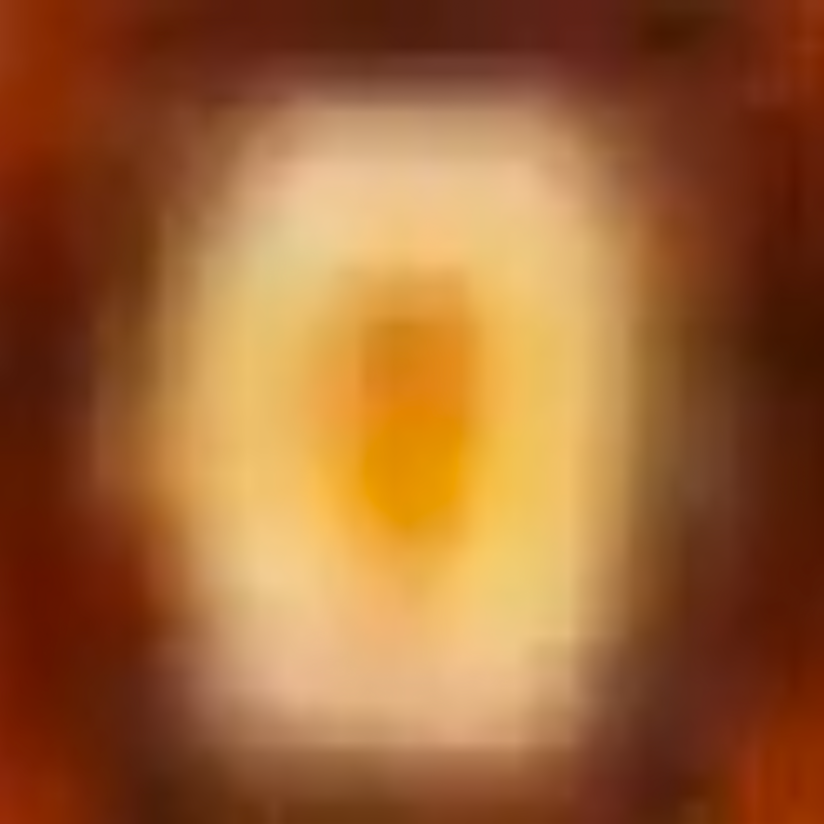

Photo: Deutsches Museum | Karl Wienand
Digital cultures of technology and knowledge
Listening to pictures and seeing music with AI
This project sits at the interface between technology and art. We train neural networks to interpret and connect information in images and music. Finally, this artificial intelligence can generate abstract pictures based on melodies and compose music based on images.
Content
Funded by
Helmut Fischer Stiftung
- Digital cultures of technology and knowledge
Project description
AI has advanced computer vision and image generation tremendously. But how does AI understand images? Can it connect what it “sees” to different known concepts? And when it generates new samples, is it creative? We train a system of neural networks to read images and music. Then we link it with another network that connects lines, shapes and colours into rhythm and pitch.
Photo: Deutsches Museum | Karl Wienand
Organising information
Babies teach themselves how to see: they learn to distinguish colours, shapes and objects long before they know what those objects are. The autoencoder neural networks do the same: they start out knowing nothing, but teach themselves, for example, to extract, encode and decode visual information.
Photo: Deutsches Museum | Karl Wienand
See the invisible, hear the inaudible
In Wolfgang Heckl’s installation “Atomare Klangwelten” (“Atomic Soundscapes”, 2018), an algorithm translates scanning tunneling microscope images, pixel by pixel, into musical notes. The microscope shows what was invisible, the algorithm plays what had no sound. Coming from a similar principle, we built a mapping between colours and notes, which turns colour pictures into music and vice versa.
Please be creative
While these pixel-note maps are intuitive, they rarely produce captivating pictures or pleasurable music. However, we can use their consistent audiovisual associations to guide the neural networks to connect pictures and music. Thus the networks learn to freely associate shapes and colours with musical ideas: they translate music samples into abstract pictures and compose short melodies inspired by images. A person doing this is undoubtedly creative. Are the machine as well?
Events
- Creative AI x Music: Talk + Piano Concert
October 11., 2019
Two-media interpolation
Images morph into one another continuously, while the soundtrack reflects the changing shapes and colours.


![[Translate to English:] [Translate to English:]](/assets/_processed_/c/c/csm_Headerbild_Chiffriermaschinen_Rainer_3889c3d7be.png)
![[Translate to English:]](/assets/_processed_/f/d/csm_Bild-1_Ephmeride-des-Kleinen-Planeten-Hecuba_824f1969c4.jpg)
![[Translate to English:] [Translate to English:]](/assets/_processed_/f/1/csm_Forschungsinstitut_Projekt_Algorithmische_Wissenskulturen_Header_HashagenSeising_743a1da746.jpg)
![[Translate to English:] [Translate to English:]](/assets/_processed_/9/4/csm_Forschungsinstitut_Projekt_Zuse_Headerbild_CD_57903_5bb36f91cf.jpg)
![[Translate to English:] [Translate to English:]](/assets/_processed_/0/6/csm_Logo_for_memory_RGB_600_a81aebaffa.jpg)